May 25 – 29, 2011
The Scuppernong River lies almost directly across Albemarle Sound from the Perquimans River. The little town of Columbia, NC is nestled along the banks of the Scuppernong 5 miles upriver from the Sound. The river was named after the Scuppernong grape. More about that later on.
We have never met anyone who has ever said they visited Columbia, but we read about it in one of our cruising guides and decided it sounded like a place we'd like to visit. We were very surprised to come up the river and see the other trawler visible in the photo sitting at the dock. Turns out Fire Dog IV belongs to a retired fireman who was visiting a friend in town. I am always looking for interesting boat names, and Fire Dog's dinghy was named 2nd Alarm, which I thought was pretty clever.
The town tries to lure boaters to its dock by allowing 3 nights free dockage. After that it is only $1/ft. There is no power available, but there are a couple of places to hook up for water. There is a brand new bath house for boater use. The shower has a weird, water-saving stream that comes out so fast and thin you can have your teeth water picked if you open your mouth while you are bathing. Even with only a side tie, your boat is very secure as there isn't a lot of boat traffic (nothing large since the U.S. 64 bridge is too low for most boats of any size to get under) and to our pleasant surprise, the boaters who did go by really observed the no wake signs posted near the waterfront. The dock lights are on all night and if you tie up right next to one, you need to cover it up or it will attract insects and you will have spiders, webs, dead insects, and lots of bug juices of varying sorts to clean off your boat. The Sea Stooges didn't figure that out until the last night, after I had cleaned the windows and the starboard side of the boat. Eddie crafted a cardboard cover to put over the light.
So, having just visited the beautiful towns of Hertford and Edenton, I had somewhat of a shock when I first viewed the seemingly plain waterfront and main street of Columbia. However, notice that we ended up staying 5 nights here and never had a bored moment. We met many interesting and friendly people, beginning when we first tied up to the dock. The town manager helped secure a line, and he was talking to the director, Helen, of the Tyrrell County Visitor's Center, located a short walk along the river from the town dock, so we already had two new friends before the engine was shut off!
If you were paying attention to the opening photo, you would see that Columbia, located in Tyrrell County, was chartered in 1793. By 1870 the town had a population of 100 residents. Most of those made their livelihoods from the lumber, boat building, and fishing industries. The homes of historical significance date from the late 1800's to the mid 1900's, and none of them reflect the wealth that was apparent for the construction of the homes in Edentown. The Brickhouse Inn B & B (ca. 1900) is a good example of the Victorian architectural style from that era. The gazebo style porch is appealing.
Feather, a delightful woman we met at the Pocosin Arts Gallery, took the time to educate us about present day life in Tyrrell County. Despite being one of the largest counties in land size, it is one of the least populated (4500) and the poorest county in the state. Columbia is the only town in Tyrrell County, with 900 present day residents. Most of the people are employed by the lumber industry (logging trucks go through town several times/day), farming, or the fishing industry. Being the only town in the county actually helps in that state funding for counties gets directed at Columbia.
Feather's nonprofit gallery focuses attention on promoting regional folkart and supporting locals in their endeavors to promote their works and even start their own business. The gallery holds workshops, specializing in clay and metal works, but also has a display and sale area. Feather told us a bit about the history of her building and those adjacent to it. Artsy volunteers helped clean up the totally decrepit alley right to the gallery with minimal funding, so they named it Shoestring Alley. It is now a delightful retreat. There is a small barbershop across the street, and I mentioned I saw the barber giving someone a haircut at 7:30 a.m. on Sat. She said the barber was 97 yrs. old! All of this is small town charm.
Eddie purchased a large clay, decorative flower pot that was too heavy to carry with us to our other shopping stops that morning, so he asked if we could stop on the way back to FLUKE to pick it up. Of course Feather had no issues with that. However, when we stopped back to pick it up, there was a group of people in the gallery. Feather, recognizing Eddie, said “Oh, you're back to pick up your pot.” Looking at the other people, she went on to say “I also sell that on the side!” Everyone had a good laugh.
A trip to Captain Neill's Seafood business was on our list of stops that morning. Capt. Neill's is a wholesale business, but will sell to walk-ins. We heard about it from a couple of different locals, so we decided to go there for some jumbo, chunked, fresh-picked blue crab meat. This was on our minds since we had been seeing so many crabbers out in the Sound and we wanted to sample some local fare.
Right as we walked up, there was a pick-up truck unloading boxes of just caught crabs. They were all dumped into a big bin and wheeled into a chilled warehouse where the steaming and picking takes place. I even had to ask where an entry door was to find someone to buy the crab from; the place just looks like a loading dock. There are no signs of any sorts. The people were all friendly and I noticed a recipe sitting on the desk. It was written by the owner for another customer, but I asked if I could have a copy. So, for all you cooks out there, here is the simple recipe for genuine crab cakes from a woman whose life is nothing but crabs:
1 pound crab meat
2 eggs
1/3 -1/2 cup mayo (start with the 1/3)
¼ cup chopped onion
dash Worcestershire sauce
dash hot sauce
12 – 14 crushed saltine crackers
You can add some peppers and/or Old Bay according to you own tastes.
Lightly mix all the ingredients together. Gently form (don't crush) the mix into whatever size patty you want. Fry in a thin layer of peanut oil, turning only once.
We could get our best internet connection at the library. A trip there will tell you that it is really an important community hub. All ages of townspeople were seen: reading daily papers, using the computers, researching topics with periodicals and books, and even napping. When school let out, the younger school aged kids flocked in. It was apparent that the library was the safe place to stay until their parents arrived home from work. There was a huge bulletin board with community and public service announcements. I found these posters interesting.
One of the newer businesses in town is Vineyards on the Scuppernong, a local winery owned and run by Grace and Jack Bishop. Their tasting room and retail facility is located in a beautifully restored old firehouse building. You can watch a short DVD that shows what the building looked like before restoration, learn about how the grapes are grown, and how the wine is made. You will learn that the Scuppernong grape, native to North Carolina and its official state fruit, is a type of muscadine grape. Muscadines have high concentrations of antioxidant compounds useful in fighting free radical formation. I need some of that stuff so I can keep writing this blog!
The store is just an interesting place to visit even if you aren't a wine drinker. Some of the bottle labels are little works of art unto themselves. Clever wine names will make you smile: Black Beary, Girls of Summer, Catawba Belle, and Wild Horse, indicative of life in North Carolina . You can sample all the fare to try to determine your favorite, and they are patient and pleasant as you try to make up your mind. There is also an assortment of southern style dips, salsa, and sauces.
Jack took us on a tour of the vineyards and winery, all located on the same land as his own home and hobbies, so we also got to hear about them. Jack, a successful, retired builder, built up the winery from ground zero, with no experience in the business. He is one of those people who needs something to do to keep busy. With a love of the land and wanting to live with nature on his backwoods investment property, he found a comfortable balance in growing grapes and pursuing his other interests. He says he has an “agreement” with the black bears that frequently visit the vineyard: they can have all the grapes they want (he has watched a 600# bear pick grapes off one at a time to eat!) as long as they don't damage the vines. He raises prized hunting dogs and the quail and doves he needs to train the dogs to point. We saw all of them. We even mugged up to loveable Luke, a big yellow lab that “guards” the entrance to the processing facility.
Jack patiently answered all our questions as we cooled off in the 60 degree processing room. He explained and pointed out how the grapes are pressed and then transferred to the different vats through their aging stages. The stainless steel tanks ($40,000 each) are inert and don't lend anything to the flavoring process like wines aged in oaken vats. So, it doesn't make any difference how long the wine is left in the vat once it has reached a certain alcohol content and achieved the proper flavor.
You can find out about most of the things I've described by visiting the Tyrrell County Visitor's Center, located on U.S. 64 which runs right along the edge of town and is just across the street from Vineyards on the Scuppernong. It is a popular rest area for motorists heading back and forth to the Outer Banks. TCVC is on the Scuppernong River and shares the same piece of property with the headquarters of the Pocasin Lakes National Wildlife Refuge.
PLNWR also has a visitor's center and some wonderful displays describing the habitats and wildlife found in the refuge. A 20 minute video gives an informative overview of the refuge, with interesting discussions about the red wolf introduction program, seasonal changes in the refuge, and habitat concerns. One of the displays has a couple of the original female wolves (taxidermy) used in the breeding program, so you see how beautiful these animals are. The black bear display is also fascinating.
Being in touch with the environment all my life, I was surprised that I didn't know what a pocasin is, so I was pleasantly educated at the facility. In the simplest terms, a pocasin is a peat swamp. The Algonquian Indian word means “swamp on a hill”. However, there are really no hills, just a slight elevation of the poorly draining land that is higher than the land around it. Because it was formed from decaying swamp material, the soil is rich in organic matter, but it takes over 100 years to form an inch of soil. Some places in the refuge (which haven't been farmed or mined for peat) have peat layers 12 feet thick!
PLNWR, Town of Columbia, and Partnership for the Sounds coordinated their efforts to further environmental education and sustainable development to build the Scuppernong River Interpretive Trail. This ¾ mile loop is on a raised platform through a bottomland swamp with overlooks on the Scuppernong River.
I never tired of walking the trail, and every time I marveled in how lush and diverse the vegetation is. The air was so fragrant from the masses of swamp rose blossoms. Purple and yellow irises were just getting past their blooming stages, but had enough blossoms left to make me wish I had been there a month earlier. Yellow primroses were coming out and will make the swamp flash with mounds of yellow color when they are in full bloom.
Access to the trail is provided by the same boardwalk that runs along the Columbia town waterfront area where we were docked. So, it was so easy to hop off FLUKE and take an easy 1.5 mile walk any time of the day. The swamp smells and feels different if you go in the morning or evening, so I had to try all times of the day. You never know what surprises you will be able to see, hear, or smell. Early one morning I saw this dragonfly just recently emerged from its nymph stage. Its glistening wings were still drying out in preparation to fly for the first time.
You shouldn't think that we just spend all our time sight-seeing and trying to schmooze with the locals. We've accumulated a list of ”problems” that we need to take care of, and I'll be talking about some of those later, when I'm not so excited about sharing the sights and other events of the places we visit and people we meet. Our chain had lost some of its feet markings, indicated by different colors of quick ties. We need to know how many feet of chain we're putting out when we anchor so that we know we will have enough on the bottom to hold us safely in place for any weather situation. The guys finally got around to remarking the chain one afternoon, which can't be done at anchor with the chain in the mud on the bottom!
You can probably guess that unless it's a real dire emergency, like the engine won't run or the toilet can't flush, jobs may not get done real quickly. A good example of that is the next project we finally took care of, 5 years (that's not a typo) after we thought of it and had already purchased the materials for the job. Boats usually have the name on the stern and then somewhere on the port and starboard side of the boat, so that if people see you from the side they can hail you more quickly by name than if they have to wait for you to pass by so they can see your stern. Usually the name goes on a board next to the running light. We have the board in place with the light on it, but it requires regular varnishing, so we didn't want to have to keep up with having to redo the name if we put it there. We debated where else to put it for a number of years and finally decided to put it here a couple of years ago after we saw a boat name used in a similar location on a couple of other boats we have seen. The decals were difficult to peel off since they had become so old; we were lucky to get this done at all.
I'll be continuing on with some more serious maintenance news in the next chapter where our forward progress is delayed for repair issues.
Thursday, June 02, 2011
Subscribe to:
Post Comments (Atom)

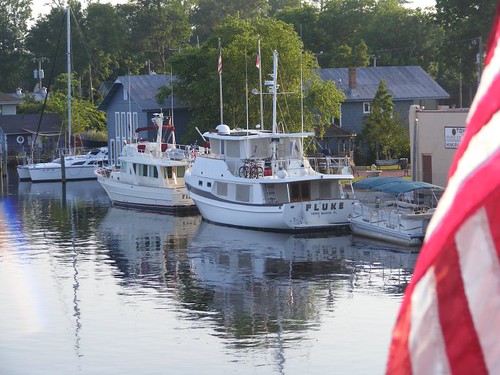
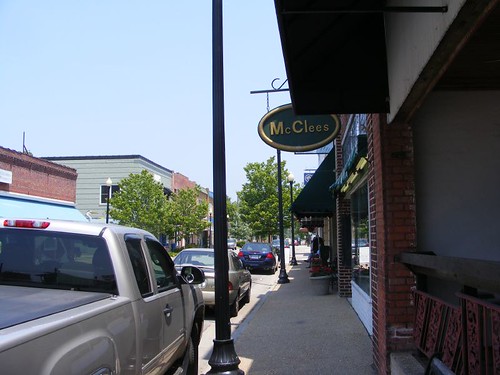

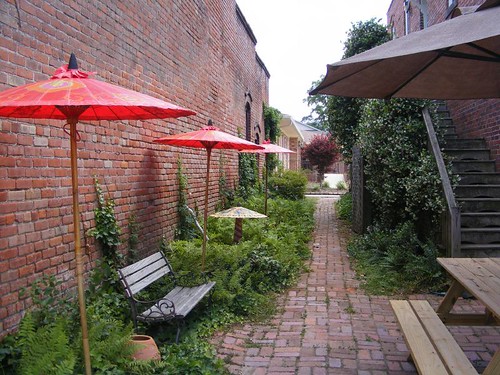
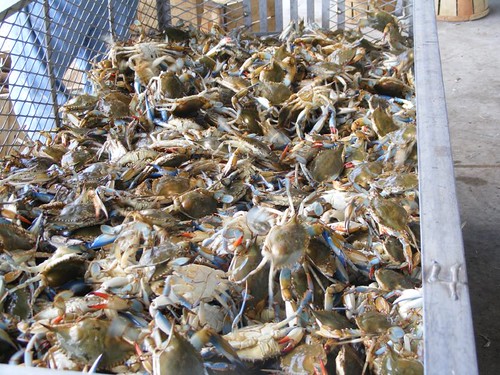
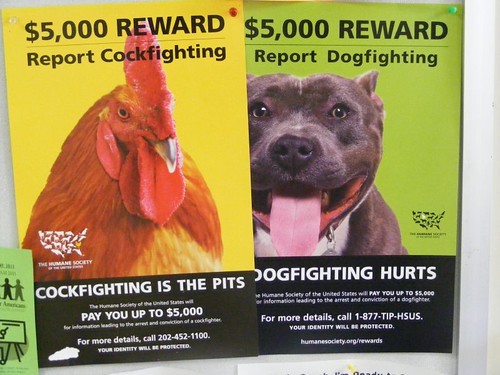
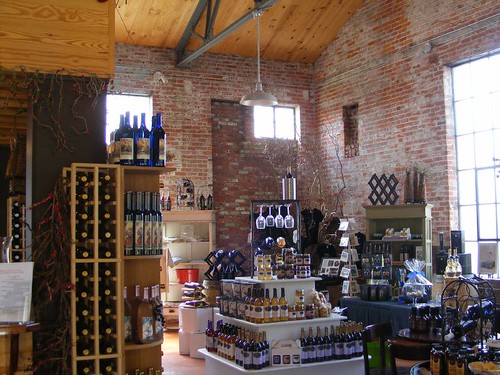

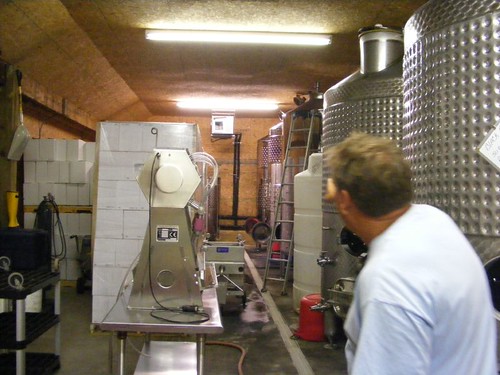
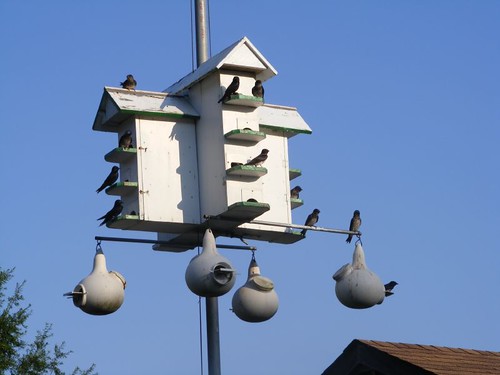
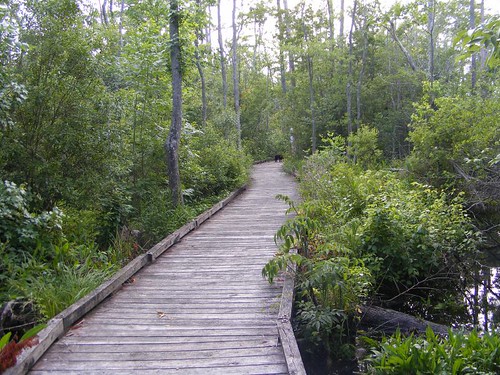


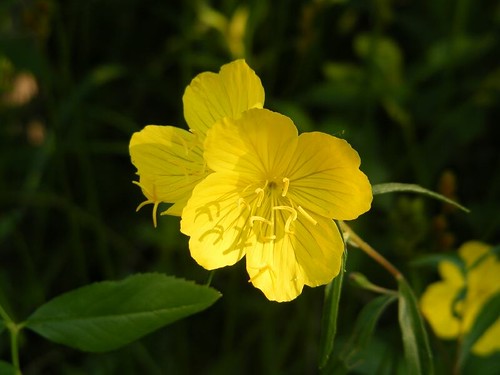
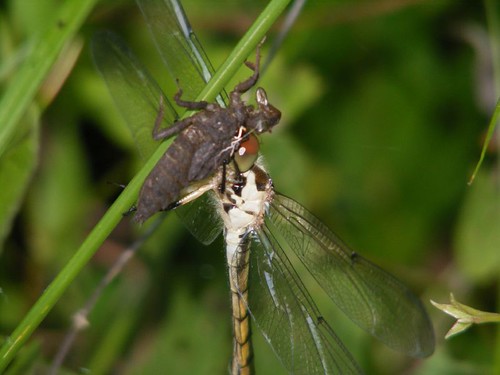
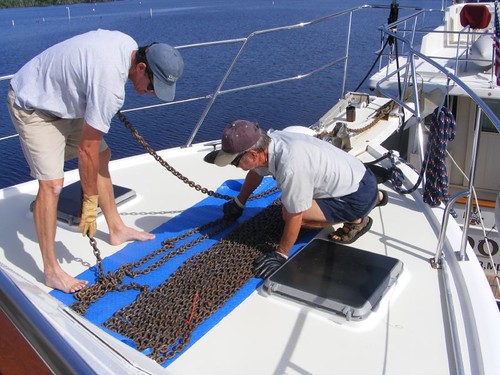









Thanks for the wonderful information about one of our favorite towns! We look forward to more in-depth reports from you. It was a "fluke" that we came across the gregarious Eddie and hope to meet Carol and Wayne in the future.
ReplyDeleteBill Harrison
Willy-Nilly
I am so enjoying this vicarious vacation!
ReplyDeleteI can't wait to see what we're doing next...
Thanks so much!
Jerry